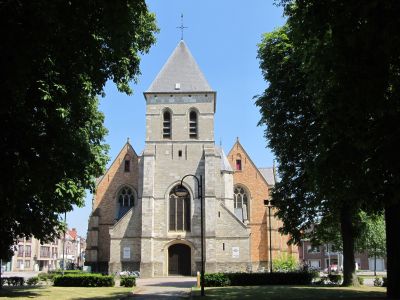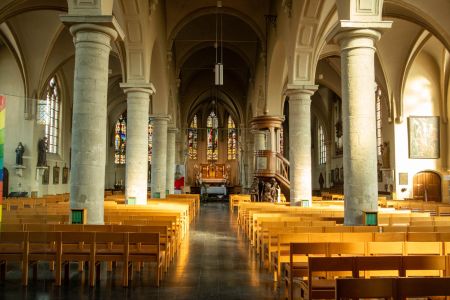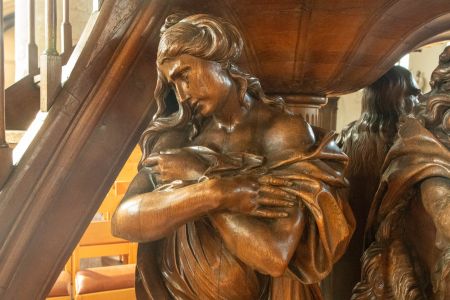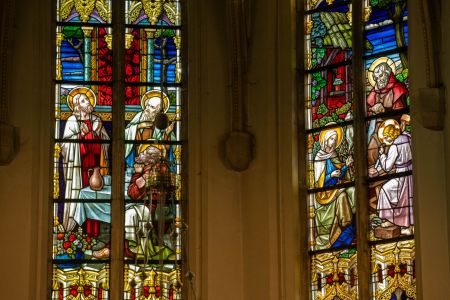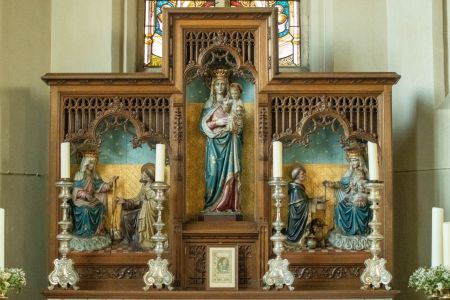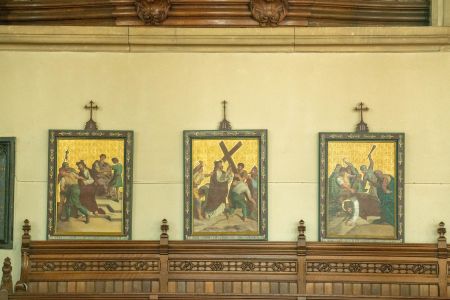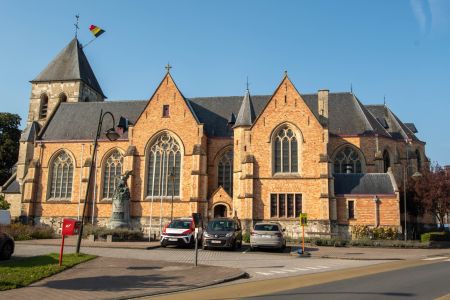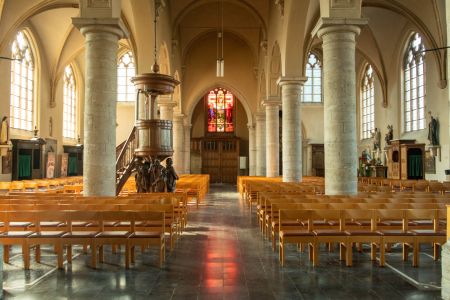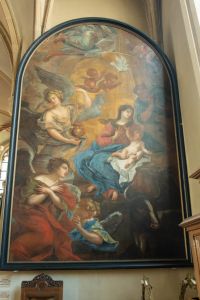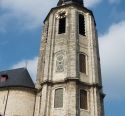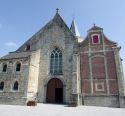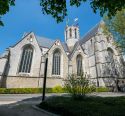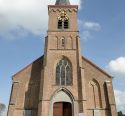Church | XIII - XX | Gothic, Neogothic | Catholic Church
Map
Opening hours
01 January - 31 December
Mon 9.30 - 16.30
Tue 9.30 - 16.30
Wed 9.30 - 16.30
Thu 9.30 - 16.30
Fri 9.30 - 16.30
Sat 9.30 - 16.30
Sun 9.30 - 16.30
Religious offices
Description
The first mention of this church dates back to 1268. Not much else is known about the former church. The church is located on a medieval church site. There are traces of three construction periods.
Of the first period, the Gothic church, only the tower and first bay of the side aisles remain.
Between 1719 and 1724, the church was thoroughly renovated with a central nave in a simple baroque style.
In 1910, a partially new church was built around the existing church. The old medieval tower was preserved, as well as the central nave from 1719. Around these, the new side aisles, the choir, and the sacristy were built. The entrance gate from 1754 was taken down, as well as the old churchyard walls that used to form a beautiful whole with the town square. On what is left of it, one can still find 19 recuperated memorial crosses.
The tower and the first bay of the side aisles are protected monuments. The Van Peteghem organ is also a protected monument.
Further noteworthy sights are the churchwardens’ bench from the 18th century, two confessionals from the same period, the painting ‘The Ascension of Christ’ by Jean Baptiste Pierre Coclers from the same century, and ‘The Holy Lance’ by the Flemish School, from the 17th century, a mirror image of the Rubens’ painting the Crucifixion.
The pulpit with four wooden statues in oak is also worth mentioning. And lastly, one can see the three altars and the beautiful stained glass windows.
KIKIRPA: Photo-library on line
Of the first period, the Gothic church, only the tower and first bay of the side aisles remain.
Between 1719 and 1724, the church was thoroughly renovated with a central nave in a simple baroque style.
In 1910, a partially new church was built around the existing church. The old medieval tower was preserved, as well as the central nave from 1719. Around these, the new side aisles, the choir, and the sacristy were built. The entrance gate from 1754 was taken down, as well as the old churchyard walls that used to form a beautiful whole with the town square. On what is left of it, one can still find 19 recuperated memorial crosses.
The tower and the first bay of the side aisles are protected monuments. The Van Peteghem organ is also a protected monument.
Further noteworthy sights are the churchwardens’ bench from the 18th century, two confessionals from the same period, the painting ‘The Ascension of Christ’ by Jean Baptiste Pierre Coclers from the same century, and ‘The Holy Lance’ by the Flemish School, from the 17th century, a mirror image of the Rubens’ painting the Crucifixion.
The pulpit with four wooden statues in oak is also worth mentioning. And lastly, one can see the three altars and the beautiful stained glass windows.
KIKIRPA: Photo-library on line


